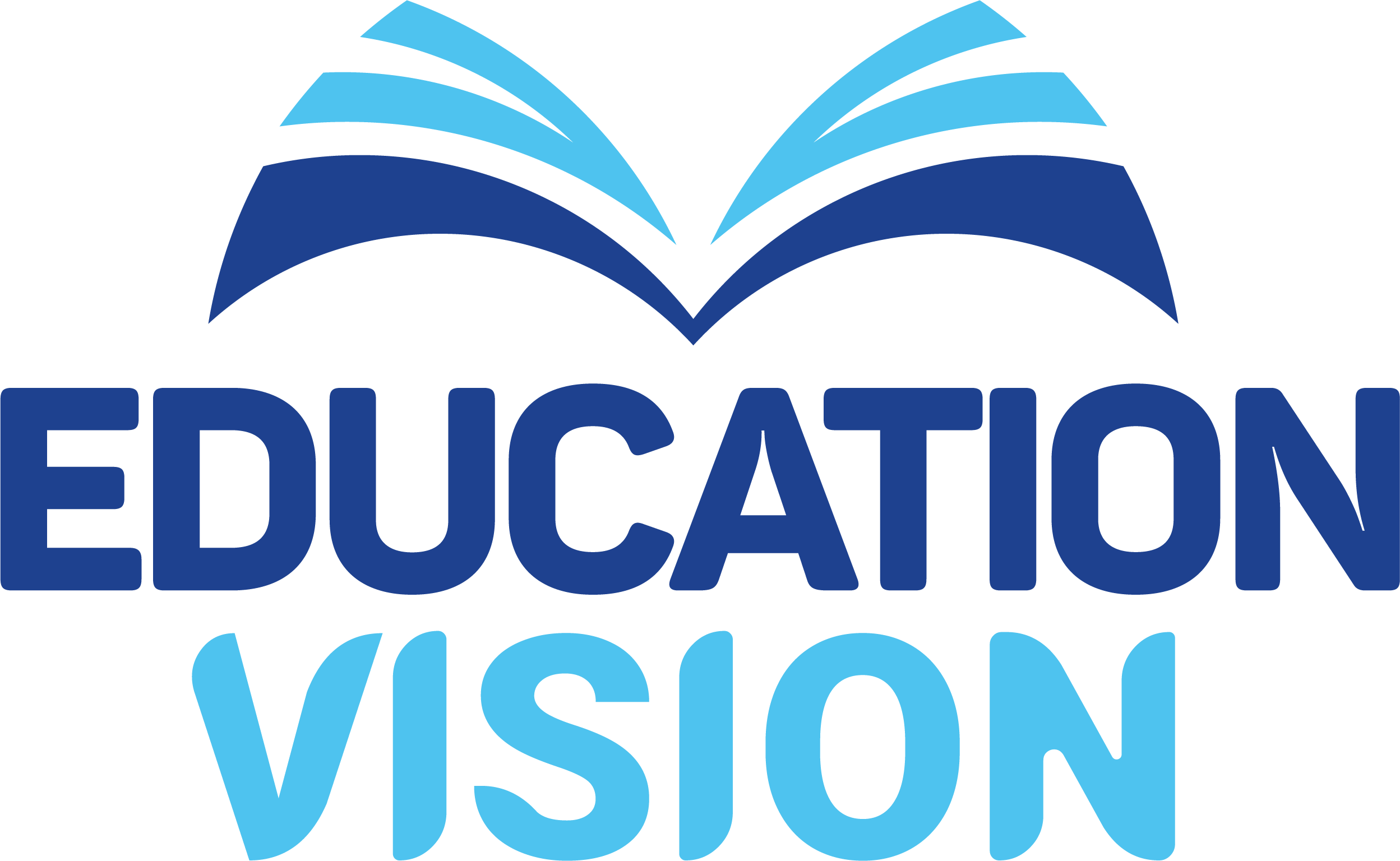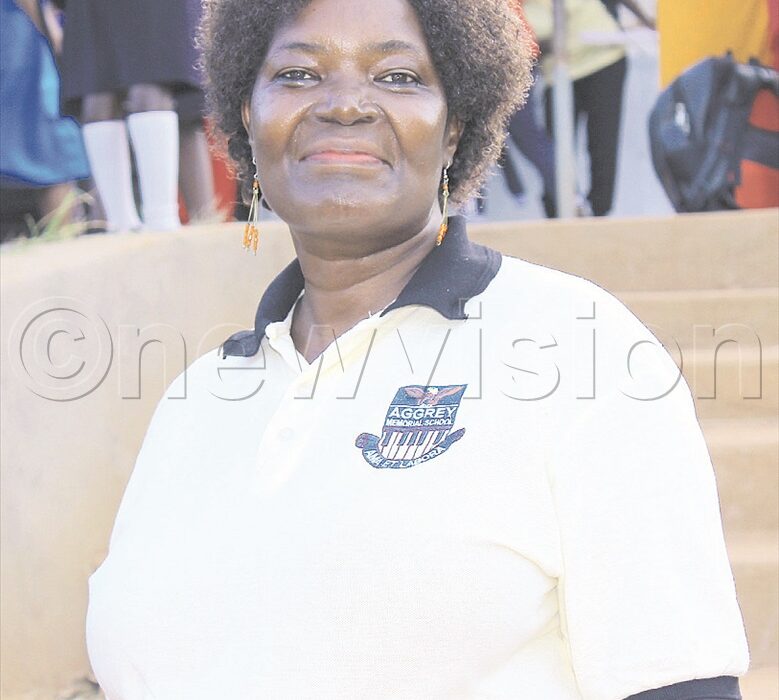(This article was first published in the New Vision on August 10, 2022)
By David Lukiiza
On her first day as a headteacher at Aggrey Memorial Secondary School in Bunamwaya, Wakiso district in 2019, Robinah Nakagolo was greeted by something she considered strange. The school was not fenced and part of its land had been turned into a cattle grazing field.
There was no gate at the point which served as the official entrance into the school, so anyone walked in and out at anytime. What the school had for a signpost was plywood, with its name written on it with chalk. The name was hardly visible as the plywood was covered in dust.
To find that a school just outside the country’s capital city lacked basics such as a fence, gate and proper signpost — things the school she had just been heading in Kalungu district had, was shocking, says Nakagolo.
“It was also very hard to distinguish a teacher from a student because the school did not strictly implement the policy on students wearing uniforms,” she says.
While the lack of these basics represented the deeper challenges the school faced, they also presented an opportunity for Nakagolo to make her mark.
As she started working, she says she sought to understand the origins of these challenges. From conversations with teachers during the meetings that Nakagolo convened, she learnt that the school neither had a functional board of governors nor a Parents Teachers Association (PTA).
She explains that she revived the PTA and the board of governors and introduced quarterly meetings between teachers and parents. In order to get students focused on academics and boost attendance, Nakagolo introduced roll calls in the classrooms.
“But I also counselled the children and encouraged them to always attend school and take their studies seriously if they want to succeed,” she adds.
School Uniform
To further instil discipline in the students, Nakagolo says she introduced school uniforms, with the names of students embroidered on them. She also introduced the boarding section for the candidates with the blessing of the parents as part of her strategy to improve the school’s academic performance.
In one of the PTA meetings, she says, the parents agreed to pay sh560,000 for each child in the boarding section and sh120,000 per day scholar for lunch every term to promote learning as students could not study on empty stomachs.
“With this strategy, I started providing lunch to the teachers as well, because they could not teach on empty stomachs either,” Nakagolo says.
Teacher Incentives
Nakagolo says she also held workshops to encourage teachers who were demoralised to adopt a positive attitude to work.
To further motivate them and improve the academic performance of the school, Nakagolo introduced a sh3,000 fee for each extra lesson delivered by a teacher outside of the normal teaching hours.
She says her efforts have paid off. For instance, Nakagolo says the school, whose candidates had not passed in the top grades for over 10 years, had its best A’ level candidate with 16 points in 2019. This and the other changes Nakagolo introduced at the school have increased the enrolment from 200 students in 2019 to 900 now.
She says the provision of lunch has allowed the teachers and students to stay in school as they no longer have to go out to buy food from vendors.
Nakagolo says the introduction of the school uniform has improved discipline among the students as they can easily be identified.
She says she has also mobilised the school’s alumni, who provided sh10m towards the fencing of the school.
Nakagolo adds that this has improved security around the school by keeping potential intruders out and reducing the risk of students escaping from the institution.
The school was also reconnected to power after she cleared the arrears, which she says allows those in the boarding section to read during the night.
With part of the school fees, Nakagolo has installed a gate at the school’s entrance and hired guards to take care of security around the school.
Life Skills
In line with the lower secondary curriculum, Nakagolo has facilitated the teachers to mobilise close to 400 Senior One and Two students to get trained in baking, interior design, catering, horticulture, tailoring, weaving and making liquid and bar soap. Under the new curriculum, projects developed by students will constitute 20% of the final O’level exams.
She says the students who are receiving vocational training are being prepared for life after school.
Nakagolo has facilitated teachers to be trained by the National Curriculum Development Centre on the implementation of the new curriculum. She says she has sensitised parents and learners on the relevance of the new curriculum, which has enabled learners to place substantial focus on the vocational courses it has introduced.
Since implementation of the new curriculum is expensive as it involves purchasing raw materials for the students to develop the project under a teacher’s supervision, the parents have agreed to her proposal of providing sh30,000 per student to implement it each term.
The students are given three hours to develop their vocational projects every Tuesday and Thursday.
Learning Materials
During the COVID-19 induced lockdown, Nakagolo says she facilitated teachers to get the learning materials supplied by the Government. She says she also facilitated the teachers to print learning materials for distribution to students during the two-year lockdown.
Nakagolo also explains that she encouraged teachers to create class-based WhatsAppp groups for students with access to smartphones, which were used to deliver assignments and assessments to learners during the lockdown.
“I also asked five of our teachers to remain at the school during this period to help students who came around (when movement restrictions were lifted) to consult with them,” she adds.
When the schools reopened this year, Nakagolo says she reached out to parents through mobile phone messages to send their children back to school with masks in order to keep them learning and prevent the spread of COVI-19.
She explains that she had allocated an hour every week to co-curricular activities, including aerobics, netball and football. This, she says helps keep students physically fit while developing their talent.
Nakagolo says she also facilitates the school’s sports department to prepare students to participate in co-curricular activities.
What Others Say
Juliet Katali, Teacher
Nakagolo is a good administrator and introducing an extra fee for each overtime lesson is a big motivation.
Rosemary Nassuuna, Parent
When my daughter joined Senior One at this school a few years ago, my friends said she would get spoilt because of what the school looked like. Nakagolo changed the school and many parents are sending their children here now.
William Mutushaba, Principal Education Officer
Nakagolo has restored students’ discipline and the community now has confidence in the school.
Golden Tips
- Do regular exercises
- Mind your diet
- Avoid self- medication
- Be prayerful
Fact File

- 1985: St Scholastica Primary School, Bukomansibi district
- 1989: Wampeewo Ntake Secondary School (O’level)
- 1992: Makerere Secondary School (A’level)
- 1995: Bachelor’s degree in education, Makerere University
- 1996: Post graduate diploma in education, Makerere University
- 1999: Teacher at High Quality SS, Kasangati, Wakiso
- 2001: Deputy headteacher at Pafra Bulamu SS, Wakiso
- 2005-2019: Headteacher at Holy Family Kyamulibwa SS, Kalungu
- 2012: Master’s degree in education leadership, Walsh University Ohio, USA
- 2019 to date: Headteacher at Aggrey Memorial Secondary School

